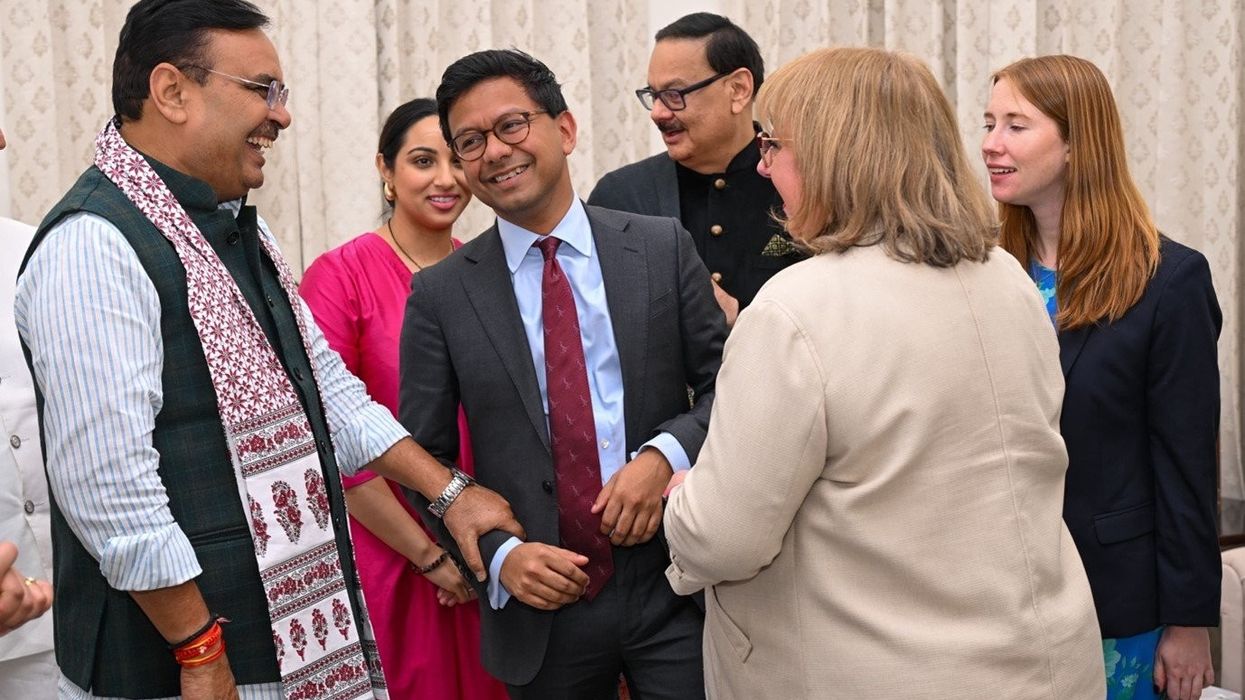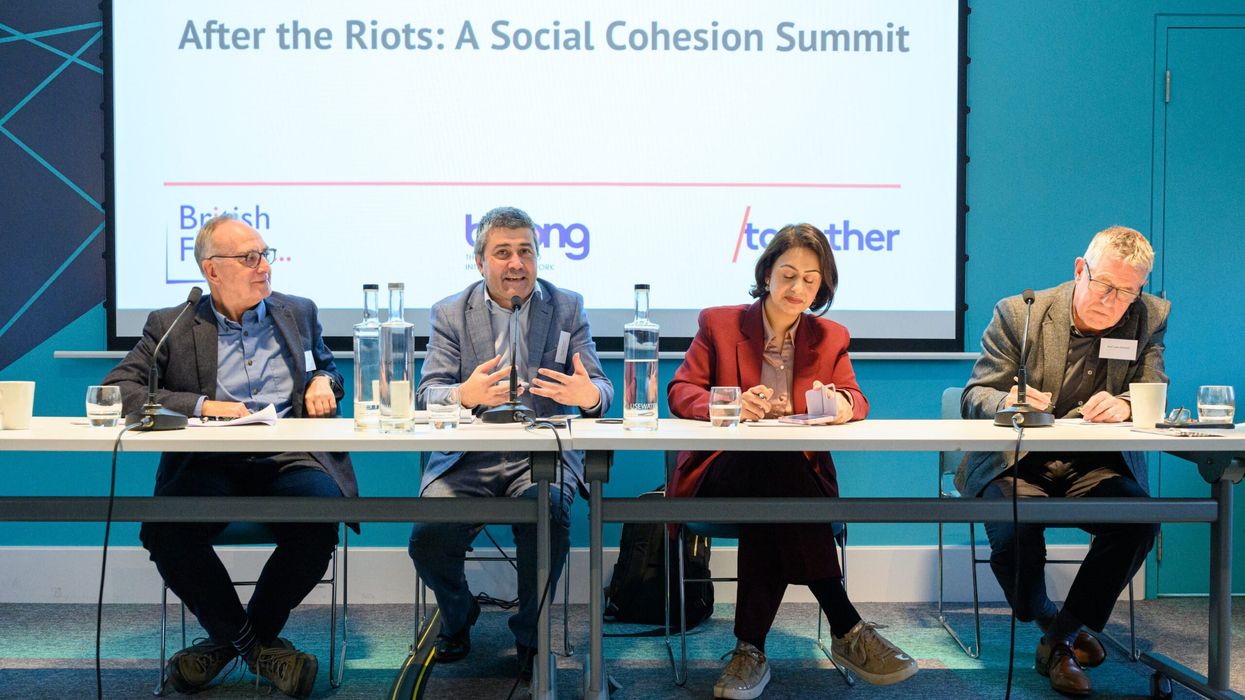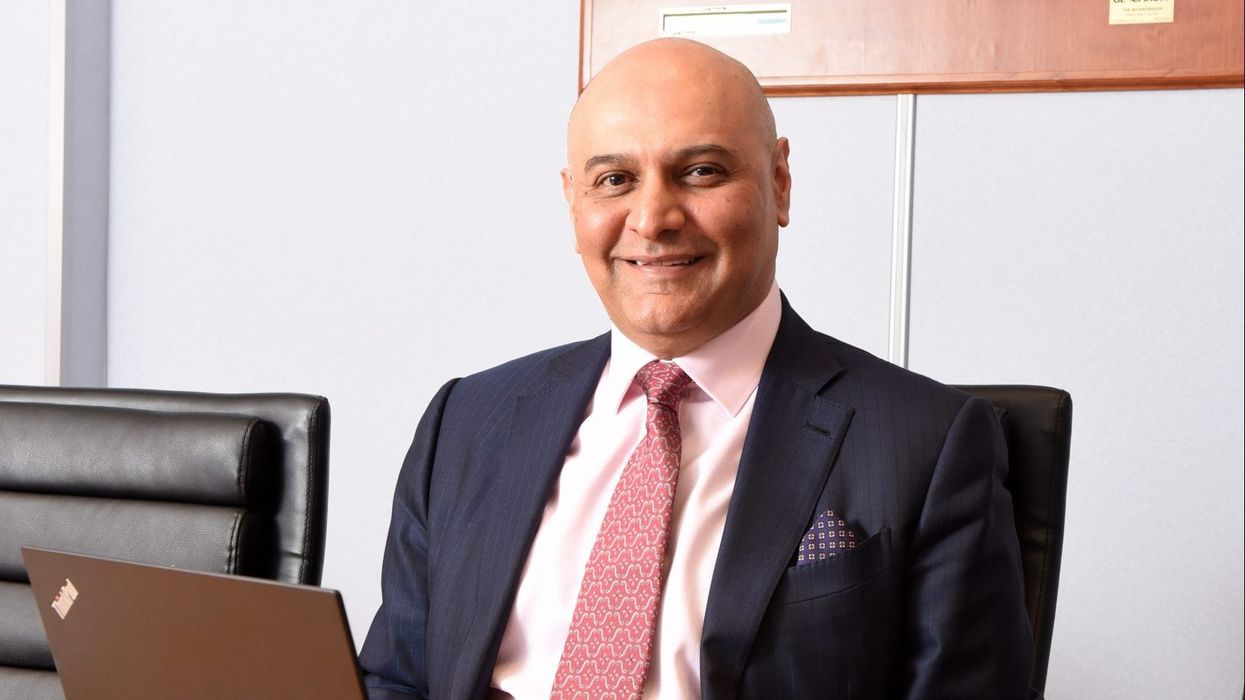By Sunder Katwala
Director, British FutureTHIS week’s report from the Migration Advisory Committee (MAC), on what the UK government’s proposed ‘Australian-style’ points-based immigration system might look like, calls for some much-needed new flexibility when it comes to migration for work.
It’s an important report, a key influence on the biggest shake-up for immigration policy in decades.
The Australian points-based system has long been well-known and broadly popular with the public, who take it as shorthand for a system that offers control and selectivity while admitting people to come and work in the UK.
When our National Conversation of Immigration discussed migration with citizens’ panels in 60 towns and cities around the UK, the points-based system was mentioned in every meeting – often by people who had some knowledge of the Australian system via a friend or family member who had worked there. Far fewer had heard of the UK government’s (now abandoned) net migration target, its headline policy at the time.
To turn a catchy slogan into a workable policy, however, prime minister Boris Johnson’s government will need to make decisions about the specifics of what such a system would look like in practice – deciding which attributes, qualities and qualifications merit more points than others. The MAC makes some suggestions here – English language skills should be ‘essential’, it says, and suggests that characteristics such as age, qualifications, having studied in the UK, and priority areas (for example, STEM and creative skills), could all merit points towards a visa.
The new report also suggests lowering the salary cap from £30,000 to £25,600 – a move which will be welcomed by employers, making it easier to recruit people from overseas to medium-skilled roles. It will also make sense to most of the public, who don’t see a £30k salary as the key factor in deciding if someone can work here. They are more concerned about whether people speak English and are filling roles where there are a lot of vacancies.
Highlighting the NHS and education as sectors that need a more flexible migration system also makes sense – and will be broadly welcomed by the public. Most people also think the care sector needs to be able to recruit staff from abroad too, however – and the MAC report offers no solution for understaffed care homes.
Nor does it make recommendations on ‘Tier Two’ visas that cover intra-company transfers. It is an important route for Indian migrants to the UK, some 12,800 of whom arrived in Britain via this route in 2018 to work in IT and other sectors. That is more than half of the total 20,500 Tier Two visas granted that year.
The MAC took evidence from legal, academic and business organisations, but will not have consulted the public widely, so British Future commissioned pollsters ICM to find out what voters think the new system should look like. Our full report is due to be published in February.
We found broad consensus for a more welcoming approach in many areas, including for high-skilled migration, students, NHS staff and seasonal workers That was balanced by a desire to reduce lowerskilled migration, but with softer views on those coming to do jobs in sectors with a lot of vacancies, or socially-important jobs such as care workers.
The attributes that most of the public think should earn a high number of points in the new immigration system are being high-skilled (63 per cent); having an occupation needed by the NHS (61 per cent); and having skills or experience in a sector where there are high levels of vacancies (44 per cent). Four in 10 people think that good spoken and written English, a clean criminal record and an existing job offer should all attract high points too.
Only 20 per cent of people consider ‘taking a job in the UK with over £30,000 per year salary’ important enough to warrant a high number of points.
We also asked people about specific jobs and industry sectors, and whether coming to work in them should earn people more points. After the NHS, ‘taking a UK role as a teacher’ was next in importance to the public, with around six in 10 people saying that should earn people high or medium points. Taking up a job as a care worker fared similarly, with a majority allocating that high or medium points.
The immigration debate has shifted in the last few years, dropping in importance for voters to now rank below issues like the economy, crime and the NHS. That could offer an opportunity for a more measured debate about the choices we face as the UK leaves the EU this week.
British Future’s research finds that most people are ‘balancers’ on immigration – wanting to manage the pressures it causes while securing the gains it brings to our economy and society.
The challenge now for Johnson and his cabinet, as they determine Britain’s future approach to immigration, is to get the balance right.












Working out the kind of migrants Britain needs